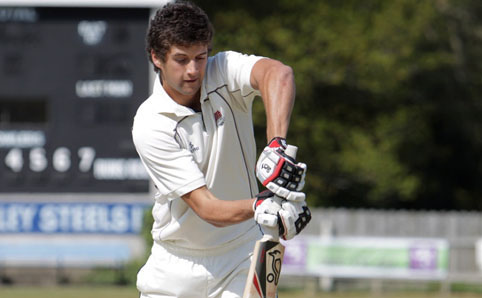 |
| Obus Pienaar |
The 21-year-old former Kovsie, Obus Pienaar, who was still playing cricket for our club at the university until the end of the season (end of March), has been playing abroad for the Irish cricket club Waringstown from the end of April 2011.
His Alma Mater, the UFS, is proud of Obus’ achievements, in particular his contribution to the match against the CIYMS. During this game, Obus hit the highest score ever in the Northern Cricket Unions when he scored 244 runs in only 114 balls. This included 22 sixes and 13 fours.
During his innings in this match, Obus also broke the July 2004 record of his compatriot, AB de Villiers of the Proteas.
According to Arno van Niekerk from KovsieSport at the UFS, the university is very proud of Obus. “He is young and has a brilliant future ahead,” says Arno. Obus played for the UFS for three seasons, and was part of the Kovsies team that won the national club championships last year.
Obus, who is currently studying through Unisa as a result of his overseas commitments, studied B.Comm. Financial Management at the UFS until his third-year. He was a resident of Vishuis.